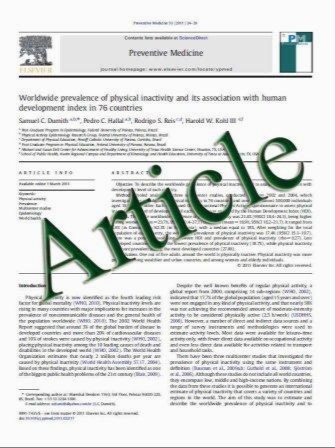SIEA flap leads to an increase in abdominal seroma rates compared to DIEP flap for breast reconstruction
- نوع فایل : کتاب
- زبان : انگلیسی
- مؤلف : Pouria Moradi & Charlie Durrant & Graeme E. Glass & Evitta Askouni & Simon Wood & Victoria Rose
- چاپ و سال / کشور: 2011
Description
In this study, we evaluated the peri-operative abdominal drain volumes and length of hospital admission between our superficial inferior epigastric artery (SIEA) and deep inferior epigastric artery perforator (DIEP) patients to determine whether SIEA flaps were associated with increased post-operative abdominal drainage and length of hospital stay. We studied consecutive patients who had breast reconstruction using either a free SIEA (seven) or DIEP (28) flaps. All patients had abdominal drains inserted, and cumulative drainage measurements were taken every 24 h. Data on patient's age, BMI, length of hospital stay, smoking history, and abdominal fluid drainage were collected. Statistical analyses were performed using a t test (Mann–Whitney). A statistically significant difference (P=0.029) was observed in the total abdominal drainage between the two groups. The mean drainage volume in the SIEA group was 2,248 ml and 531 ml in the DIEP group. No association was observed between smoking and drainage volume in the DIEP group. Similarly, obesity did not appear to influence drainage volumes in either the SIEA or the DIEP groups. The average length of stay for the SIEA group was 10.4 days and 9.1 days in the DIEP group, although this was not statistically significant (P=0.351). While abdominal wall morbidity is reduced in patients undergoing an SIEA flap for breast reconstruction, in our series, we found that the SIEA flap was associated with a significant increase in abdominal drain volume relative to the DIEP flap, which translated to an extra day in hospital.
Eur J Plast Surg (2011) 34:87–91 DOI 10.1007/s00238-010-0470-0 Received: 9 April 2010 / Accepted: 17 June 2010 / Published online: 27 July 2010


